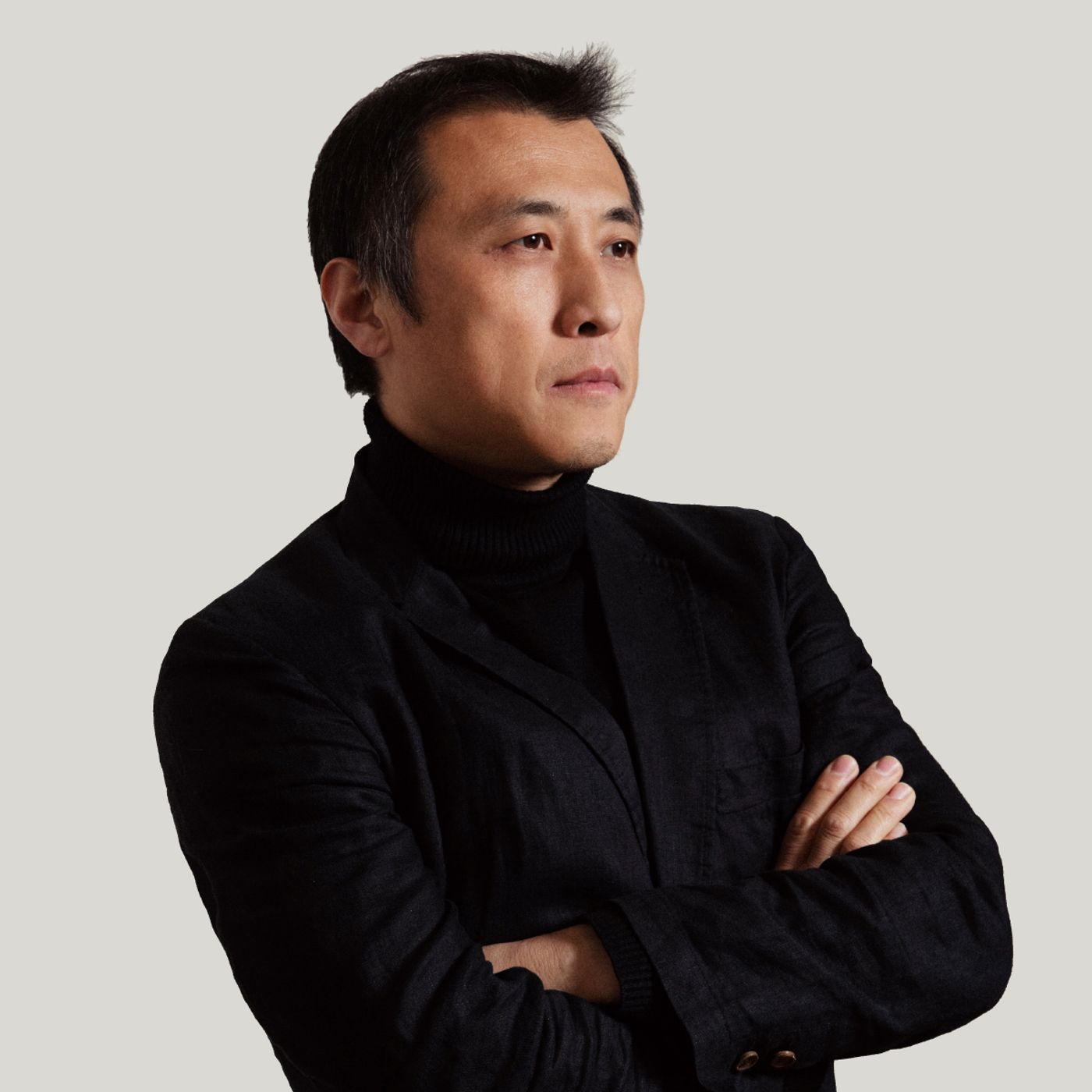- Arts
- Design
- SEE MORE
- classical
- general
- talk
- News
- Family
- Bürgerfunk
- pop
- Islam
- soul
- jazz
- Comedy
- humor
- wissenschaft
- opera
- baroque
- gesellschaft
- theater
- Local
- alternative
- electro
- rock
- rap
- lifestyle
- Music
- como
- RNE
- ballads
- greek
- Buddhism
- deportes
- christian
- Technology
- piano
- djs
- Dance
- dutch
- flamenco
- social
- hope
- christian rock
- academia
- afrique
- Business
- musique
- ελληνική-μουσική
- religion
- World radio
- Zarzuela
- travel
- World
- NFL
- media
- Art
- public
- Sports
- Gospel
- st.
- baptist
- Leisure
- Kids & Family
- musical
- club
- Culture
- Health & Fitness
- True Crime
- Fiction
- children
- Society & Culture
- TV & Film
- gold
- kunst
- música
- gay
- Natural
- a
- francais
- bach
- economics
- kultur
- evangelical
- tech
- Opinion
- Government
- gaming
- College
- technik
- History
- Jesus
- Health
- movies
- radio
- services
- Church
- podcast
- Education
- international
- Transportation
- Other
- kids
- podcasts
- philadelphia
- Noticias
- love
- sport
- Salud
- film
- and
- 4chan
- Disco
- Stories
- fashion
- Arts
- interviews
- hardstyle
- entertainment
- humour
- medieval
- literature
- alma
- Cultura
- video
- TV
- Science
- en
Li Hu

Li Hu, guest of this appointment, is a brilliant, young architect, who has worked for almost a decade at Steven Holl Architects in New York, becoming a partner in the practice, opening and leading Holl\u2019s office in Beijing, responsible for some of the most influential projects completed in Asia. In 2005, Li Hu and his partner, Huang Wenjing, co-founded their own studio, Open architecture. Despite their age they have a great number of important projects internationally published and awarded. Three monographs embrace their work. Teacher at Tsinghua University School of Architecture and Central Academy of Fine Arts and director of Columbia University GSAPP\u2019s Studio-X Beijing, Li Hu frequently lectures at numerous universities, speaker at academic conferences and critic at universities worldwide.
We talked about the distinctive language they have been able to forge, after the long studying and working experience in the United States. We touched several topics of their prolific, coherent production, characterized by great fluidity and porosity, with deep concern towards an authentic dialectic interaction with the natural context, as exemplary demonstrates the pluri-awarded \u2018Gehua Youth Cultural Center\u2019 in Beidaihe. Several projects about school, the public \u2018Garden School\u2019 and the private \u2018QINGPU PINGHE International School Campus\u2019, a \u201cvillage-style\u201d campus, propose a new paradigm for contemporary Chinese educational architecture, able, against \u201chierarchical\u201d structures, to promote openness, socialization inside and outside the buildings, merged as much as possible into nature. Some considerations have been spent about \u2018Pingshan Theater\u2019, a statement that, suggesting an unconventional idea of theater, critically questions a kind of self-referential architecture.
\u2018TANK Shanghai\u2019, a dilapidated five-hectare industrial site, with 5 gigantic aviation fuel reserve tanks along the banks of the Huangpu River, revitalized into a cultural center with an art gallery, bookshops, caf\xe9s, restaurants, is a great example of a museum with no borders or boundaries, a blend of landscape, art and architecture freely accessible to everyone. Our conversation have touched, as conclusion, the \u2018UCCA Dune Art Museum\u2019, a powerful gesture carved inside beach dunes, intended to raise awareness towards a precious, compromised environment and the last magic, poetic creation, the \u2018Chapel of Sound\u2019, a concert hall that, mimicking the sedimentary, surrounding mountains, acts as a \u2018chapel without religion\u2019.